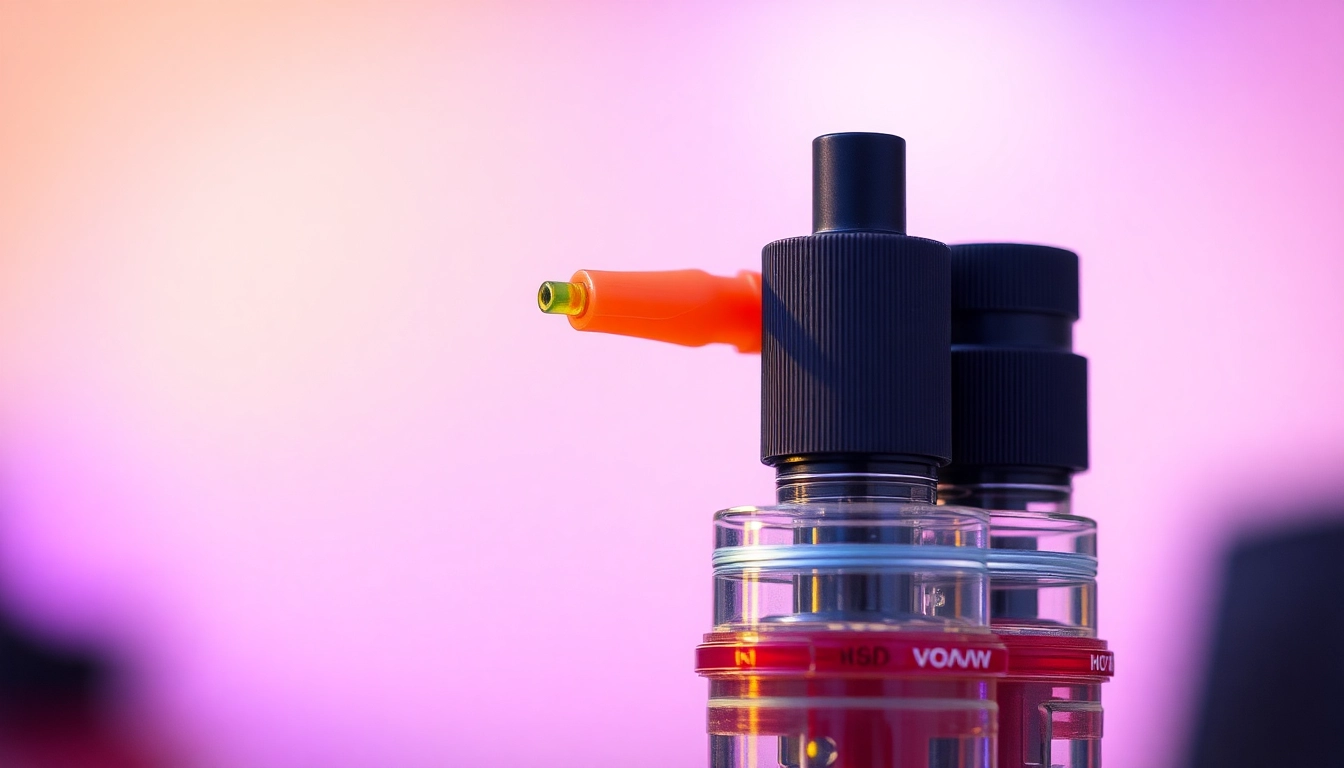Understanding Welding Masks: Types and Features
Welding is a critical skill that requires the right tools to ensure both safety and quality of work. Among the essential tools for welders is the welding mask, which protects the welder’s face and eyes from harmful radiation, sparks, and heat. However, not all welding masks are created equal, and understanding the different types and features is vital for selecting the right one. Here, we delve into the various types of welding masks available, their unique features, and how they cater to different welding techniques.
1.1 Auto-Darkening Welding Masks
Auto-darkening welding masks are designed for modern welders who require efficiency and convenience. These masks are equipped with sensors that detect the bright light emitted during welding processes and adjust the lens’s darkness immediately. This allows welders to maintain visibility of their work area before, during, and after the welding process without needing to lift the mask. Many auto-darkening masks also offer varying levels of sensitivity and delay, giving users control over their settings in different welding environments.
1.2 Passive Welding Shields
Passive welding shields are the traditional masks that consist of a fixed dark lens. While they do not offer the convenience of automatic adjustment, they are generally more affordable and durable. These masks are suitable for welders who may not need to switch between tasks frequently or who primarily work in a specific setting. Although passive masks provide reliable protection, they limit the welder’s visibility when not actively engaged in welding and require the user to lift the mask to see their workspace.
1.3 Specialty Masks for Different Welding Techniques
Different welding techniques such as TIG (Tungsten Inert Gas), MIG (Metal Inert Gas), and Stick welding may require specific types of masks designed to accommodate the methods and environments in which they are used. For instance, a TIG welder may benefit from a mask with a wider viewing area and a lower shade level to see fine details, while MIG and stick welders may prioritize protection with higher shade levels. Additionally, some specialty masks come with features such as additional respiratory protection suited for welding fumes and particles.
Key Features to Look For in a Welding Mask
When selecting a welding mask, there are several features that can significantly enhance the user experience and safety. The right mask not only protects but also improves visibility, comfort, and overall performance during the welding process.
2.1 Lens Technology and Visibility
The technology behind the lens in a welding mask plays a crucial role in the quality of visibility and protection. Auto-darkening lenses utilize Liquid Crystal Display (LCD) technology that quickly darkens upon the onset of welding. It’s essential to consider the shade range of the lens; a shade rating between 9-13 is typical for most welding types, with lower grades suited for more delicate work. Some newer models even incorporate true color technology to provide better color differentiation, allowing welders to see details more clearly.
2.2 Comfort and Fit
A welding mask must fit correctly to provide optimal protection. Masks that are too tight can cause discomfort during long hours of work, while loose masks can permit hazardous light or debris to reach the welder’s face. Look for adjustable headgear and cushioned interiors that allow for a secure yet comfortable fit. Additionally, lightweight materials can significantly reduce neck and shoulder strain during lengthy operations.
2.3 Safety Standards and Certifications
Before purchasing a welding mask, always check for compliance with safety standards. In many countries, masks should meet the ANSI Z87.1 standard for eye and face protection. Some masks will also comply with specific industrial standards for fume protection and filter capabilities. Always opt for brands that can provide verifiable certifications to ensure maximum safety during welding operations.
How to Properly Use a Welding Mask
For optimum safety and efficiency, using a welding mask correctly is essential. Whether it’s performing pre-use checks or maintaining the mask, proper usage can make a significant difference in the quality of welding work and the safety of the operator.
3.1 Pre-use Checks for Safety
Before starting a welding job, conducting pre-use checks on the mask is crucial. Ensure the lens is free from scratches or cracks, as these can compromise visibility and increase the risk of injury. Check that the auto-darkening function is operational by testing it in a well-lit area; this can prevent malfunction during use. Additionally, ensure that the headgear is securely fastened and adjustable for comfort.
3.2 Correct Wearing Techniques
Knowing how to wear a welding mask properly can prevent injuries. The mask should be positioned securely over the face, fully covering the forehead, chin, and sides of the face. Use the adjustable straps to ensure a snug yet comfortable fit. When switching between tasks, always return the mask to the lowered position to guard against accidental exposure to harmful light.
3.3 Maintenance Tips for Longevity
To extend the life of a welding mask, regular maintenance is critical. Clean the lens after each use with a soft, non-abrasive cloth to avoid scratches. Check the battery life of auto-darkening models frequently, and replace batteries as needed. Store the mask in a protective case when not in use to safeguard against damages from debris or machinery.
Common Issues and Troubleshooting with Welding Masks
Even the best welding masks can experience issues. Understanding common problems can help you troubleshoot effectively and maintain a safe working environment.
4.1 Clarity Issues and Solution
Clarity issues can arise due to scratches or smudges on the lens. If you find that visibility is compromised, immediately clean the lens as described in the maintenance section. If visibility remains poor, inspect the lens for damage and consider replacement. It may also be beneficial to invest in lenses made from scratch-resistant materials to prevent future issues.
4.2 Auto-Darkening Features Malfunction
Malfunction of auto-darkening features can occur if the battery is low or if sensors are obstructed. If the mask fails to darken, check the battery and replace it if necessary. Ensure that there are no obstructions on the sensors, such as dust or debris, and clean them gently. If the problem persists, consult the manufacturer for further troubleshooting or potential repair options.
4.3 Skin Irritations and Allergies
Skin irritations from prolonged use of welding masks can occur due to prolonged contact with materials or allergens present in the mask’s lining. To combat this, ensure that the interior of the mask is clean and free from any substances that could irritate the skin. Opt for masks with hypoallergenic lining when available. If skin irritations persist, it might be wise to consult a healthcare professional.
Purchasing the Right Welding Mask: Tips and Recommendations
Choosing the right welding mask is not just about safety; it’s about enhancing your overall welding experience. Here are some tips and recommendations to guide your purchase.
5.1 Budget Considerations for Quality
Your budget will play a significant role in your purchasing decision. While there are low-cost options available, investing in a high-quality welding mask can offer long-term benefits. Consider spending on reputable brands that offer extensive warranties and customer support to ensure a return on investment.
5.2 Trusted Brands and Reviews
Research brands renowned for their quality and safety features. Brands such as 3M, Miller, and Lincoln Electric are often praised for their reliable welding helmets. Reading online reviews from fellow welders can provide insight into product performance, durability, and after-sales service, which can inform your purchasing decision.
5.3 Where to Buy Welding Masks Online
When it comes to purchasing your welding mask, several online retailers offer a vast selection. Websites like welding masks from leading manufacturers provide convenience and competitive pricing. In addition, consider local welding supply stores and large home improvement chains like Home Depot and Lowes, which carry a range of welding helmets for hands-on inspection before buying.



